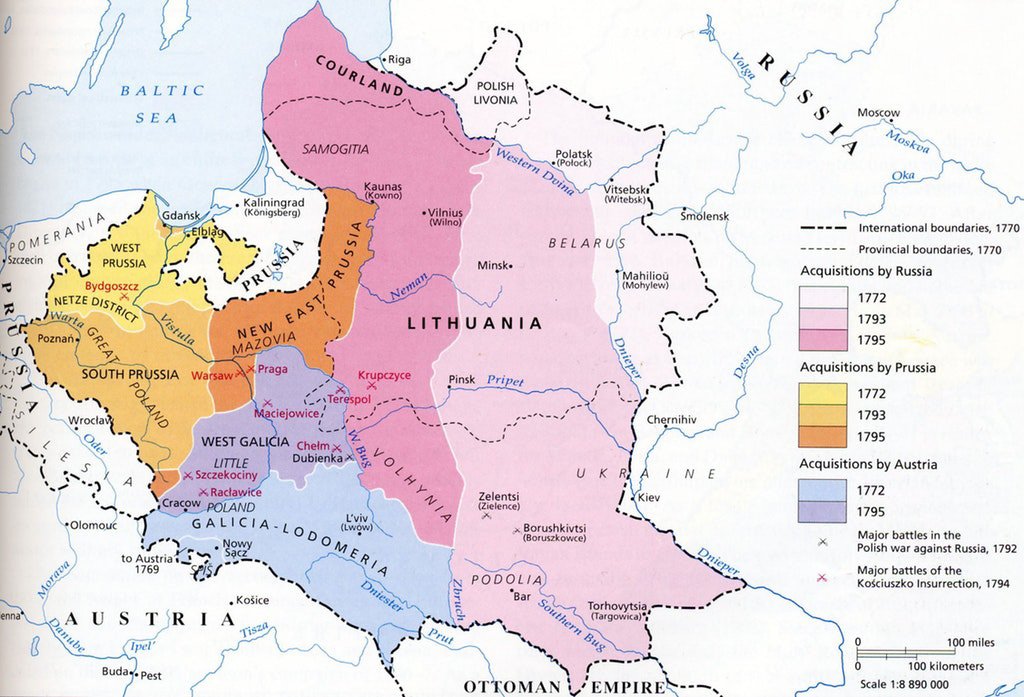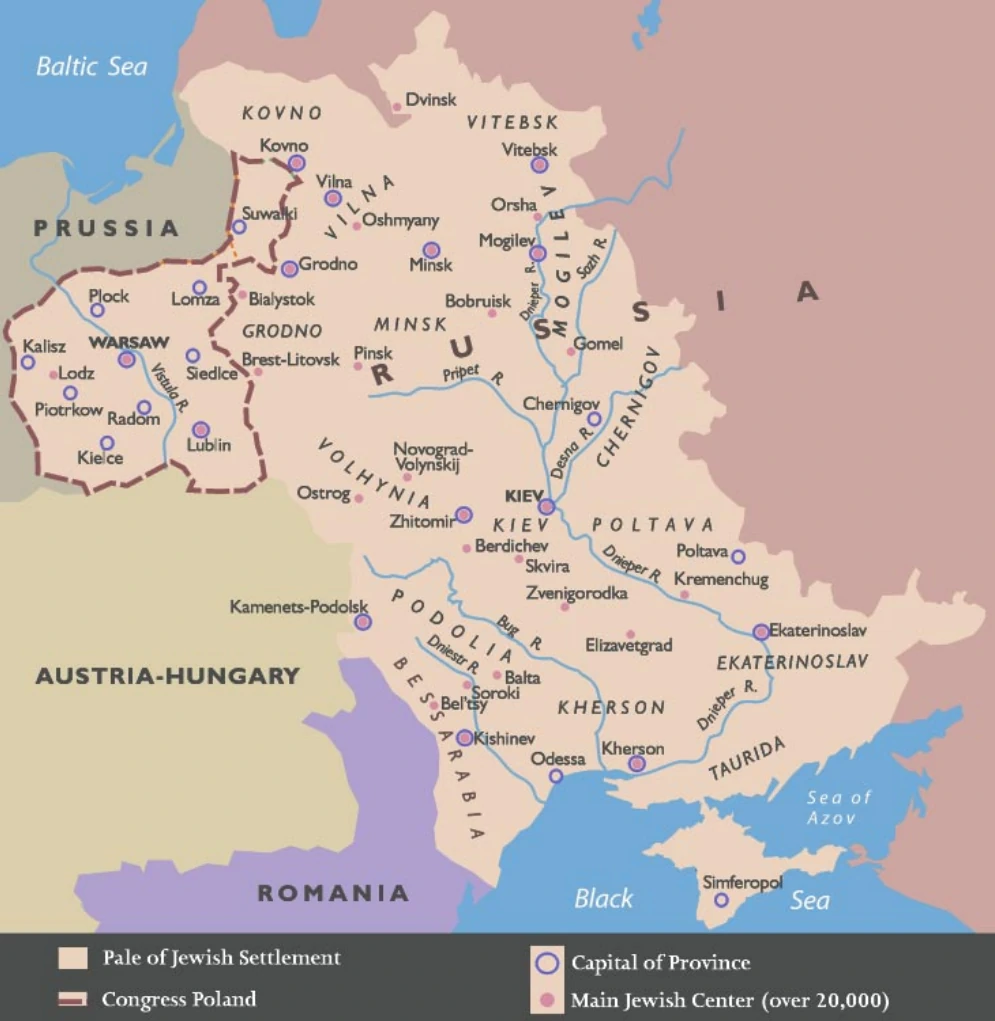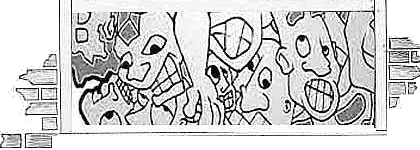The last analysis of the Schwartz genealogy involved the likely discovery of Anna Bloom’s brother, Abraham, using my DNA results. Anna and Abraham share Bloom (an Americanized version of Balyetsky) DNA. Soon after, I convinced my aunt, initials MJ, to test in hopes of isolating DNA of the Schwartz branch. MJ’s cluster chart at the time showed so much endogamy (those gray dots scattered over the chart) that it looked impossible to separate matches associated with Max’s side from Anna’s. Endogamy occurs in closed communities, such as the Ashkenazi Jews from the Pale of Settlement, where intermarriage of cousins (1st, 2nd, 3rd) naturally occurs over a long timeframe. It complicates DNA analysis. However, I think I have found a way to simplify this chart using AncestryDNA’s Pro Tools DNA feature.
First, understand that endogamy makes it difficult to analyze down to 20 cM, a level possible with my mother’s DNA. In this case, 40 cM represents a reasonable lower level. This means that you cannot go back as far into time. That’s OK. Corresponding written records from Russia’s Pale of Settlement can be hard to find. Without some form of written confirmation, the DNA results tend to lack true meaning.
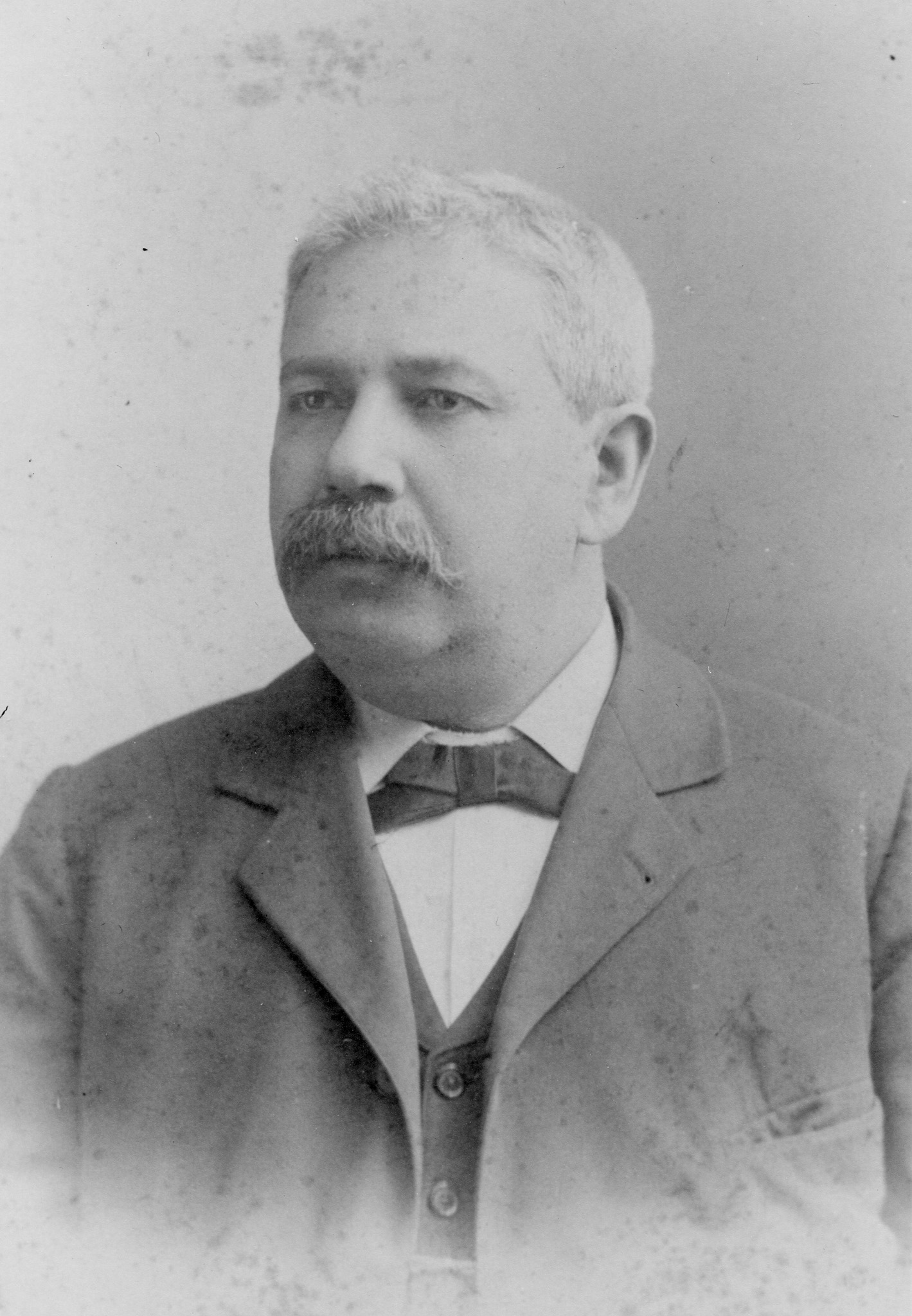
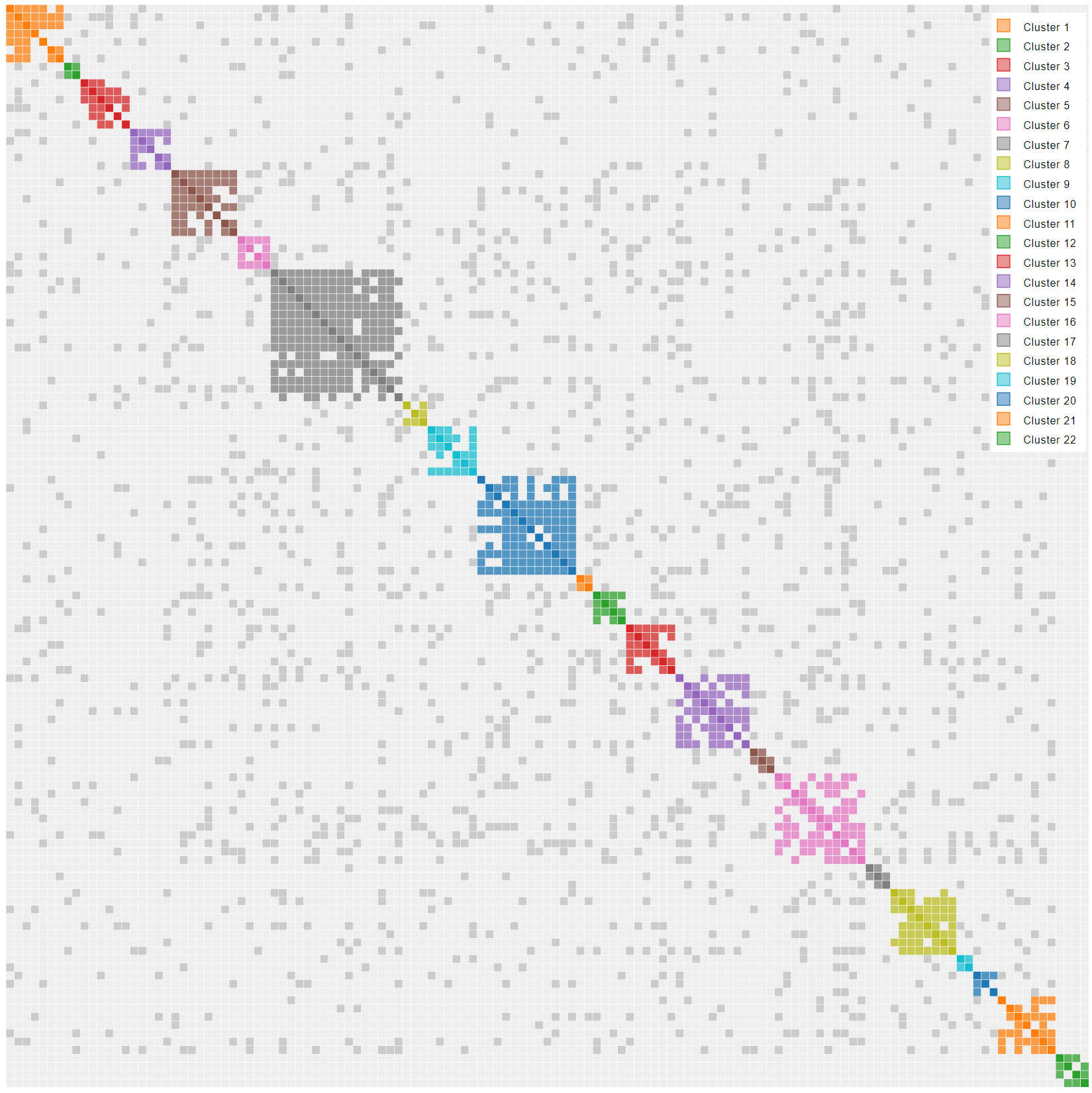
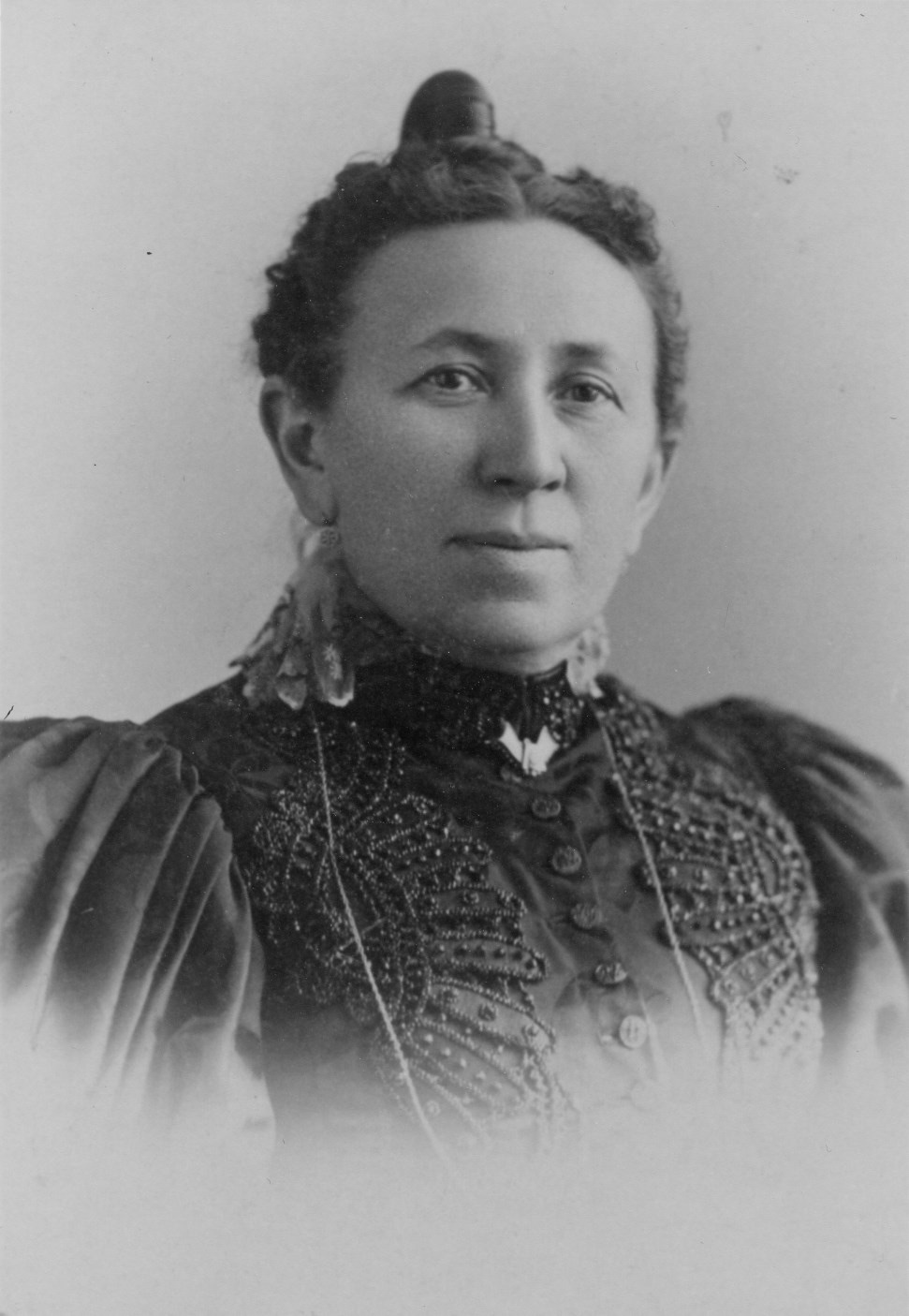
Here’s how the analysis proceeded. I first took the matches from MJ’s father ranging from 309 to 40 cM, and formed them into a cluster chart (matches listed on both horizontal and vertical axes). Using Pro Tools, I then recorded the amount of DNA everyone shares. The initial diagrams still looked like a mess of endogamy. However, you can see that some people are very related to each other. For example, n5clt shares 898 cM with WS, but only 20 cM with KP. If you reorder those individuals who are very related, and remove all the shared matches that are under 40 cM, you can find five distinct clusters. For reference, I also did the same analysis for my DNA. Arranging the clusters involves some art, so it is possible to place matches into the wrong cluster. However, as you will see, it appears to work pretty well.
You now need to identify at least one match in every cluster using traditional genealogy techniques. Most helpful is a user’s published tree. Sometimes, a user name is all you need. I also message users who hide their results, although response rates tend to be low. Always best to find more matches with really solid evidence.
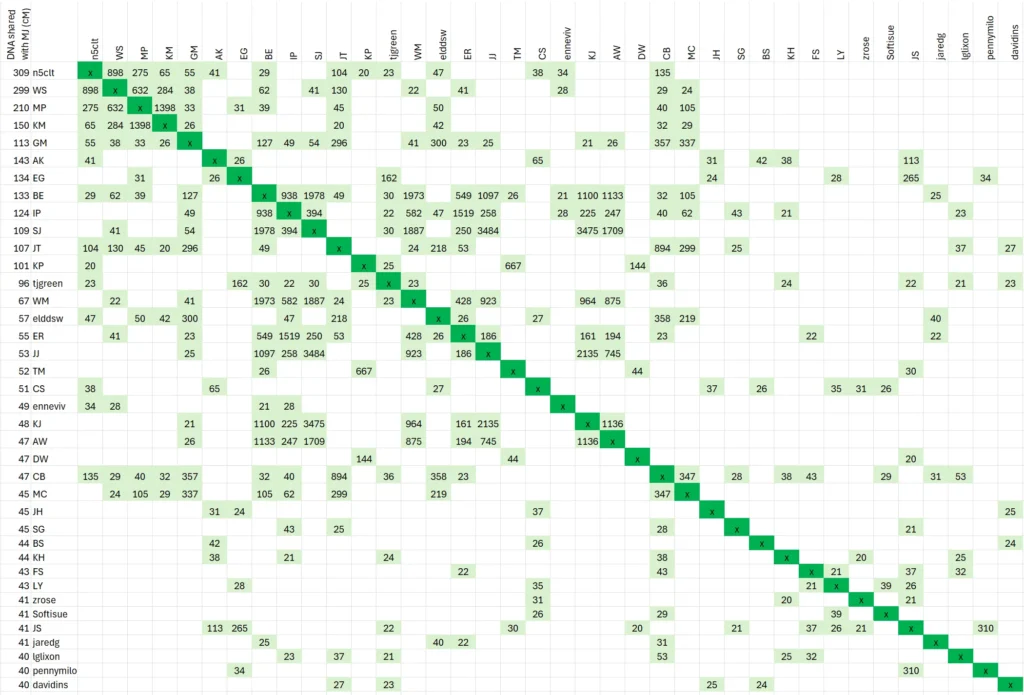
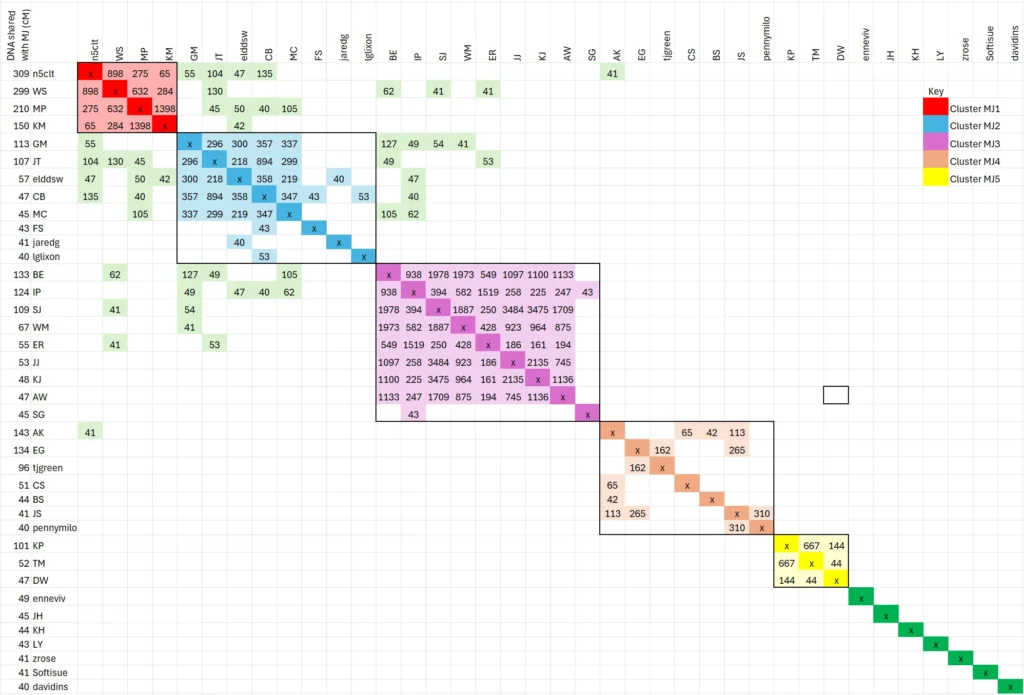
DNA from the Bloom Side
Clusters MJ1 and RNS1 represents common ancestors Max and Anna (Bloom) Schwartz. I know MP and WS from my traditional research. They are the closest relation to MJ, and therefore have the largest amount of shared DNA with her.
Clusters MJ2 and RNS2 all contain common ancestors of Abraham and Pauline (Cohen) Bloom. TGM, JT, elddsw, CB and MC were all identified in the previous article.
Clusters MJ3 and RNS3 can also trace us back to a Bloom. In this case, we see Harry Bloom. He clearly emerges from MJ’s cluster chart using the Pro Tools. He was born Oct 1856 in Poland Russia, immigrated to Montreal Canada around 1890. One of his children, Israel, lists his birthplace as USA so the family may have entered North America (perhaps through Boston?) before settling in Montreal. The level of DNA and his birthday suggest he is a brother to our Annie Bloom and Abraham Bloom.
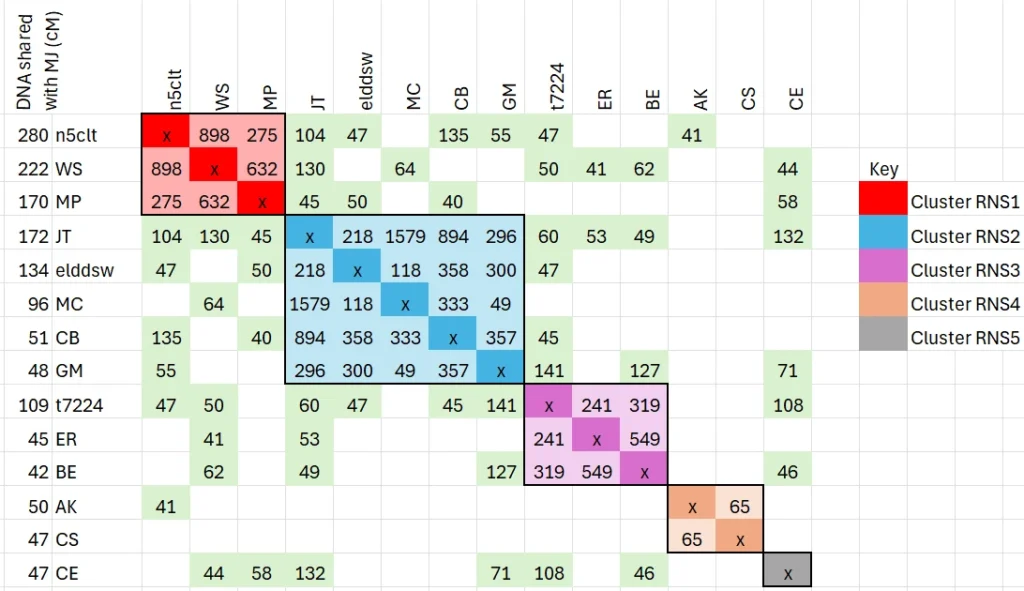
Clusters MJ4 and RNS4 remains a mystery so let’s leave them to another day.
Now look at gray cluster RNS5, a lonely cluster of one involving user CE. In the previous essay, I postulated that Anna had another sister named Bessie Bobiechy (based on the closeness to “Balyetsky”). Although paper evidence remains thin, the updated cluster chart reinforces this conclusion since CE shares DNA equally with both Anna and Abraham. Surprisingly, CE only shows 18 cM with my aunt MJ. Presumably, my father shares a lot with CE, which he then passed to me.
All the matches above share David and Wilhelmina Balyetskey as their common ancestor. You can visualize the results in the form of a tree. Ancestry calls them “Thrulines”. Keep in mind that a Thruline relies on good paper evidence. Get the predicted relationship of two DNA matches wrong, then the Thruline will have errors.
DNA from the Schwartz Side
Yellow Cluster MJ5 is unique to my aunt’s diagram. It has little overlap with the Bloom cluster, making it perhaps an elusive Schwartz cluster. Combining the published families of KP and TM, a composite tree emerges. You cannot help but notice the name of Schwarzbart. Now is this Schwartzbart related to our Schwartz? To answer this question, let us start with Max’s naturalization application where he states he arrived in New York on 10 Sep 1868, and that he was born Dec 1850. Now consider the following ship immigration recorded two days earlier:
Marcus Schwartzbad, age 20, originated in Germany, arrived in NY on 8 Sep 1868 on the ship Tarifa.
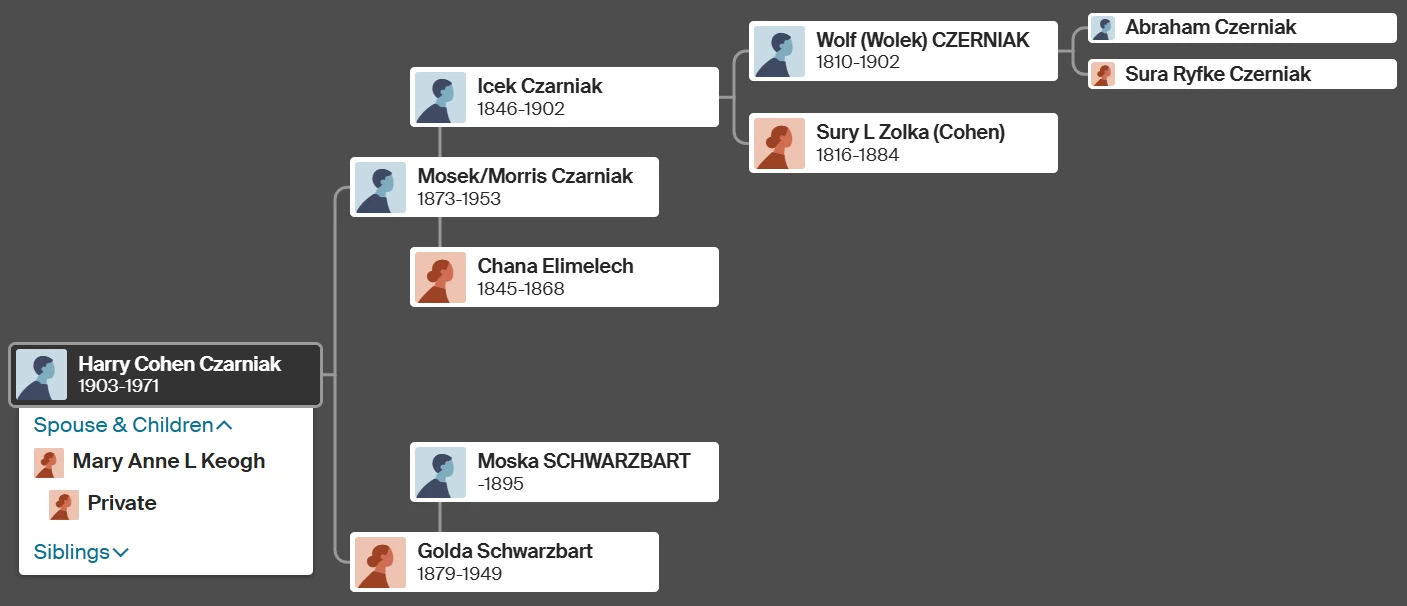
Other spelling variations of Marcus include Marks or Markus which looks a lot like Max’s marriage record where he is listed as Mark Schwartz. We can also get Marcus’s age to agree if we accept Max’s birthdate as Dec 1848 as stated on his 1900 census. The more I look at this immigration record, the more it looks like Max. Since Moska’s daughter, Golda, was born in 1879, I believe that Moska Schwarzbart would be a brother of Max. Shown below, you will find the proposed Thruline for Aaron and Bertha Schwartz. By the way, Max married a second time shortly before his death. He names his parents as Aaron/Bertha in 1876 and as Aaron/Brainie in 1910. The most likely Hebrew spelling would be Aron and Breina.

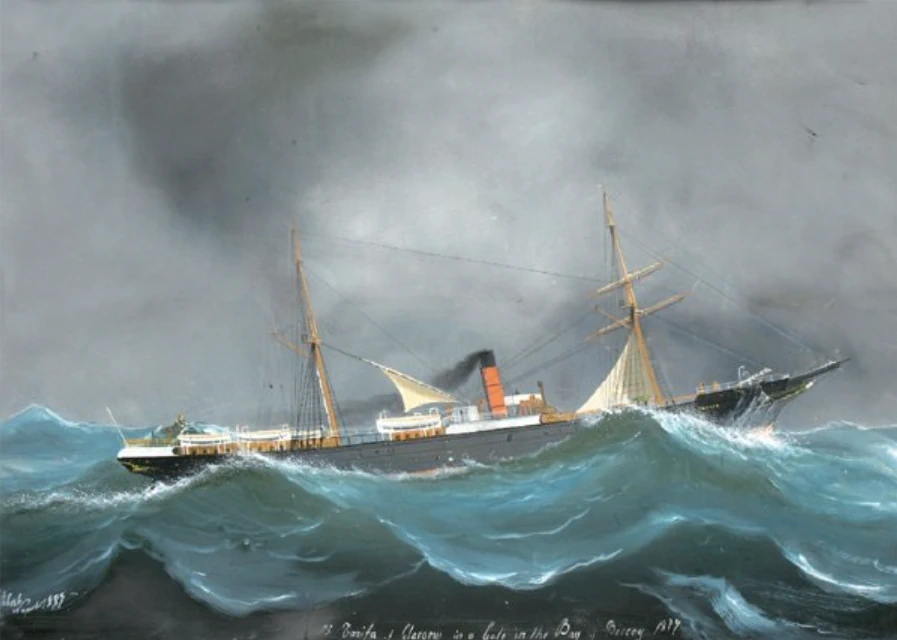
Reference Documents
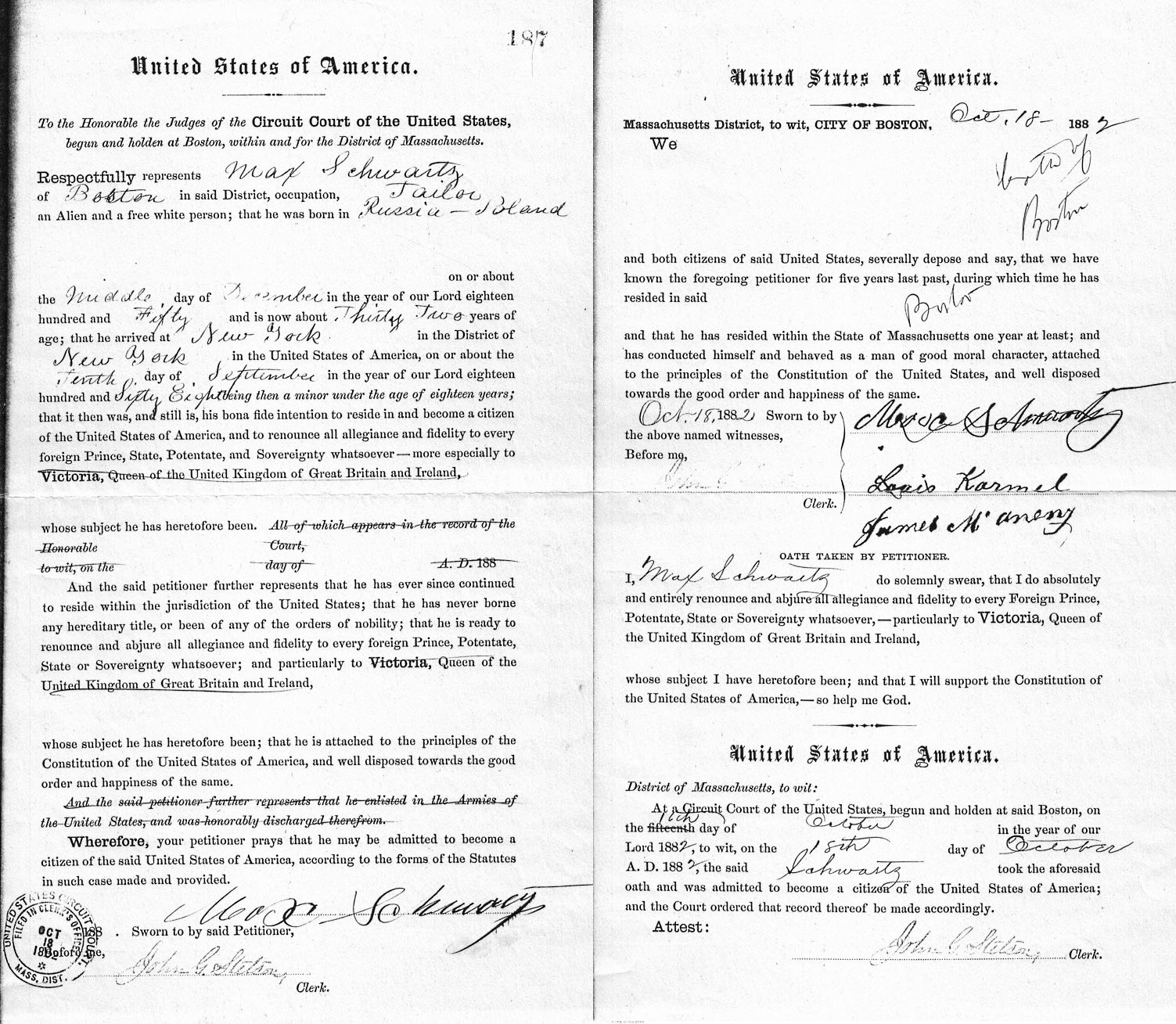

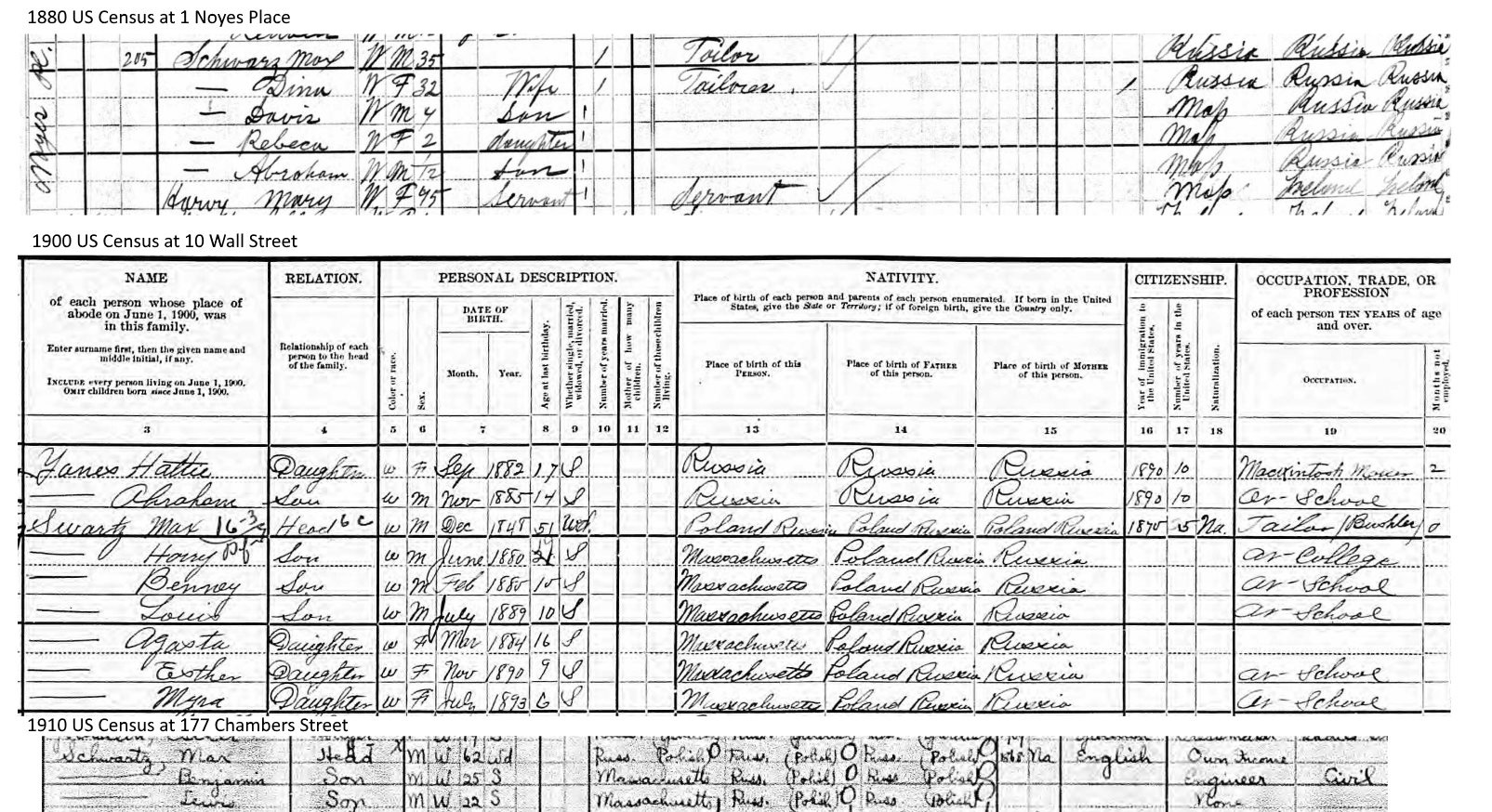
Our success does not end there. The Polish Jewish Society has records. Some have been published, but others remain unindexed. Consider the following record from Kalisz. Some ancestry users associate this marriage with Moska Schwarzbart:
Moshka Szwarcbard married Jeta Szleper in 1869 in Kalisz.
For reference, Szwarc is the Polish Yiddith version of the German Schwartz. Szwarcbard translates as “black beard”. Kalisz lies in present day Poland near Warsaw and Wloclawak, other towns associated with Schwartz and Balyetskey families. This region fell under German control after Poland was broken up in the the late 1700’s. Poland reappeared as the Kingdom of Poland or “Congress Poland” in 1815 after Napoleon’s defeat, and placed under Russian control. The Polish people occasionally rebelled (1835 & 1863) in an effort to maintain some autonomy from continued Russification. The 1863 rebellion was partly due to Mother Russia’s attempt to force young men around Warsaw to serve in its army. After Russia squashed the insurrection in 1864, the government really cracked down on the region which was renamed as “Vistula Land” in 1867. It is against this backdrop that 20 year old Max arrived in America in 1868.
Was our Max Schwartz born as Markus Szwarcbard in Dec 1848 in Kalisz? It is too early to say, and we may ultimately never know with more clarity. I have looked through the current index of births, marriages and deaths, and see no additional references to any other Szwarcbards or Balyetskys that connect. Here’s hoping that the Polish Jewish Society can unearth a few more records.
